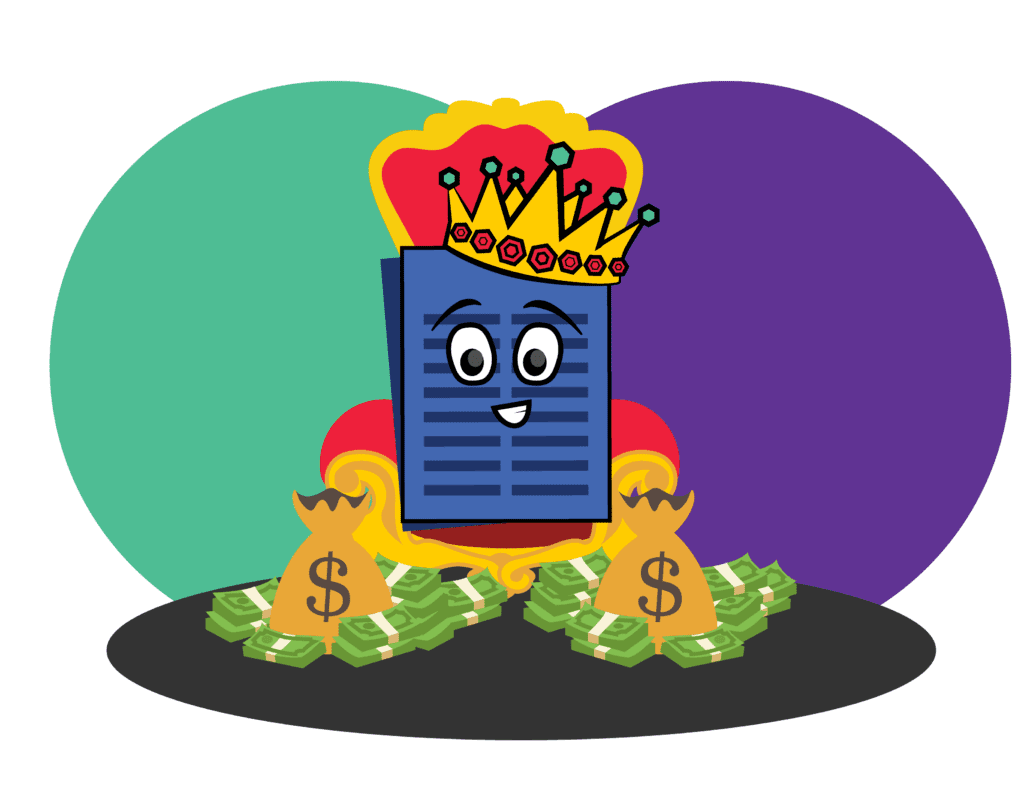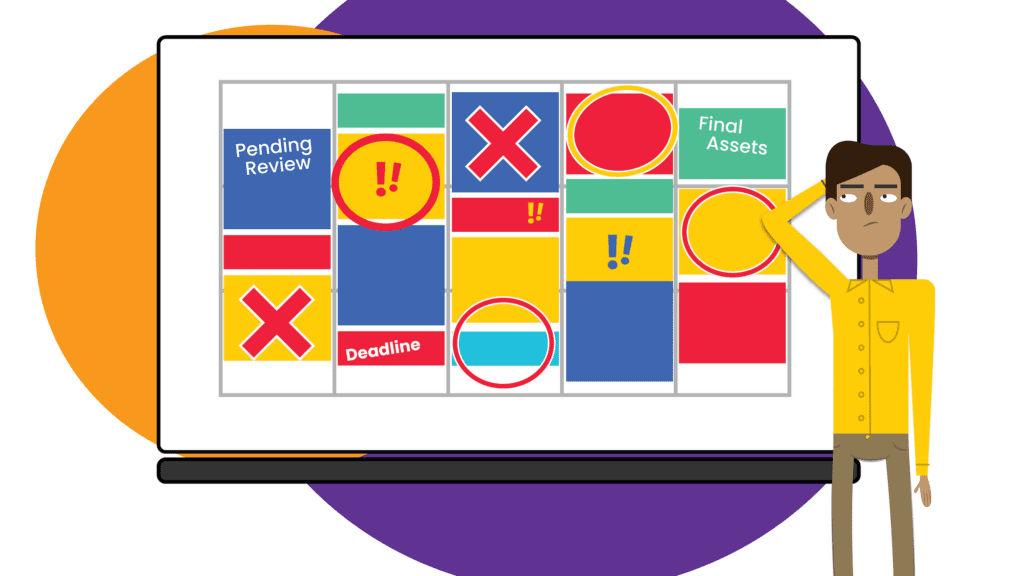Email marketing reigns as one of the supreme tools in marketing, even to this day, which we’ve mentioned before.
Many believe email marketing is a relic of the past, replaced by affiliate marketing, paid search, social media, and the list goes on. But, according to the team at VentureBeat, email marketing continues to generate the highest return on investment1and Marketo reports 70 percent of people between the ages of 18 to 34 prefer when companies communicate via email, and that’s even more true for ages 35 and up2. This isn’t to say there is no place for the aforementioned channels — that’s not even remotely the case. The point is that email marketing is not a tactic that should be cast aside.
However, while email marketing might be an industry-preferred tool, it isn’t necessarily a silver bullet. This is especially true for those who are barely scratching the surface of what email marketing can accomplish. So, let’s take a look at a few basic email marketing tactics that can help your business.
Segment, Target, and Personalize
Email marketing is no longer about sending out mass emails. The ability to target specific groups, leads, and behaviors is not only helpful, it’s a must. Businesses that send out generic, mass-appeal emails are the first to be deleted, unsubscribed from, or ignored. So, avoid having your email “thrown” in the trash. Customize each email iteration to a specific audience. Maybe you’re able to be more fun and personable with one audience, while being more formal and “corporate-y” with another target segment.
With any email marketing campaign, the first thing you need to do after determining the goal of the campaign is segment your list. This needs to be done based on the most relevant target audience characteristics — demographics, job title, industry, past activity, or whatever best informs your tactics and complements your strategy.
Lead Nurturing
Lead nurturing is the process of engaging your target audience by leveraging relevant information and content at each stage of the buyer’s journey. Email provides an ideal vehicle for that process.
Since email marketing is the preferred method of communication for most people, the audience is not only accessible, but they’re also primed. Crafting concise, engaging emails that promote rich information and content that provides value for your audience is critical to any content strategy and lead nurturing program. When done right, emails keep your brand and products front of mind with your target audience, so when the time for a decision comes, they come your way.
Delight Campaigns
“Delight” is a term that’s thrown around a lot in marketing today. Ultimately, it’s a process that focuses on existing customers and contacts by sending them marketing communication that is relevant to them. It recognizes the opportunity that they represent as re-buyers or new sales opportunities.
Email marketing can be used to send rich content, valuable information, and other communications that makes customers feel like they’re being taken care of and cared for by your brand. The whole process has the potential to turn a customer into an evangelist for your brand and products, and even provides the opportunity for upselling on other products. A satisfied customer can be so much more than a one-off transaction, and delight email campaigns recognize this.
Triggered, Autogenerated Emails
Automating emails is something that’s hugely popular, especially with the proliferation of marketing automation solutions — and there’s good reason for that.
The most common example of email automation is when ecommerce sites send triggered emails promoting specific discounts on items in an abandoned cart, which in turn incentivizes users to return to complete a purchase that they might not have finished otherwise.
This type of approach can turn a potential lost sale into an actual sale, but that’s just one example. Marketers in all industries can capitalize on specific user behaviors and actions to send out automated emails with a specific value to each user, and that value doesn’t need to always be related to making a direct sale. For example, imagine a user who downloads two white papers from a software company’s resource page. This triggers a timer that, one week later, sends them another piece of content related to the topics they were interested in. This keeps the potential buyer engaged with the brand and extends the relationship beyond the initial visit.
Don’t Forget About Analytics
Analytics are a marketer’s best friend. If you send out thousands of emails or different varieties but never assess them, then you’re still doing it wrong.
Data from your email campaigns can provide some of the richest insights into digital marketing performance. There’s a near endless supply of analytics for email marketing, from open- and click-rates, readership, right through to deep dives into where people looked with eye tracking (creepy, I know).
When you compile this data and properly assess it, it’s the best way to report on your performance and, most importantly, optimize the next phase of your email marketing to maximize your return on investment. For every $1 spent, email marketing yields $44 return on investment3. But, that’s only when done right.
References
[1] https://www.campaignmonitor.com/resources/guides/email-marketing-new-rules/



